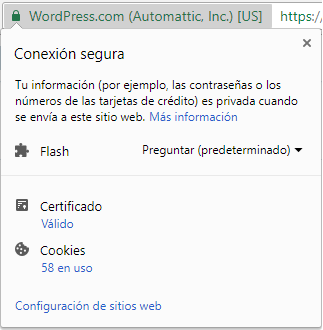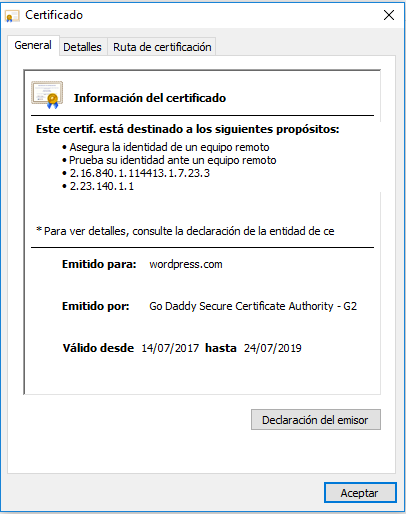Cambridge Analytica, a data analytics firm is under fire for the ilegal mining of user data from Facebook profiles between 2014-2015. The company was revealed to journalists working for the Observer to have used personal information taken without authorization in early 2014 to build a system that could profile individual US voters. The purpose of this was to target Facebook users with personalized political ads.
Facebook itself confirmed the harvesting of information on an enourmous scale. However, at the time it failed to alert users and took only limited steps to recover and secure the private information of more than 50 million individuals.”
Cambridge Analytica themselves had contracted another company to obtain user data, this company being Global Science Research. Analytica says that once they found out that GSR had not obtained the user data in line with Facebook’s terms of service, they deleted all the information that was provided by GSR. The statement went onto say that “No data from GSR was used by Cambridge Analytica as part of the services it provided to the Donald Trump 2016 presidential campaign.”
Facebook updated this statement on the March 17, adding: “The claim that this is a data breach is completely false. Aleksandr Kogan requested and gained access to information from users who chose to sign up for his app, and everyone involved gave their consent. People knowingly provided their information, no systems were infiltrated, and no passwords or sensitive pieces of information were stolen or hacked.”
Cambridge Analytica was created in 2013 by american multi-millionare Robert Mercer, one of Trump’s main supporters. It is claimed that with the deceive of using the database for academic purposes, through russian-american psychologist Aleksandr Kogan, the company obtained permission to ask for user data through an application that claimed to be a personality test. The act of Kogan sharing this information with Cambridge Analytica was a violation to Facebook’s terms of service, resulting in Cambridge Analytica being suspended from using Facebook’s API.
The PRI here on Mexico was about to get in on some trouble, seeing as Meade’s political campaign is already dwindling, his campaign was about to hire Cambridge Analytica’s services a few months ago, however no business was made due to the lack of an economic agreement. This after Cambridge Analytica settled their offices in Mexico City on 2016. With all the recent talks about Russian interference in the US elections, it is not crazy to think that due to the ties that Cambridge Analytica has to russian-american Kogan, there could be and there will likely be attemps at interfering with campaigns and results here in the July presidential elections.





